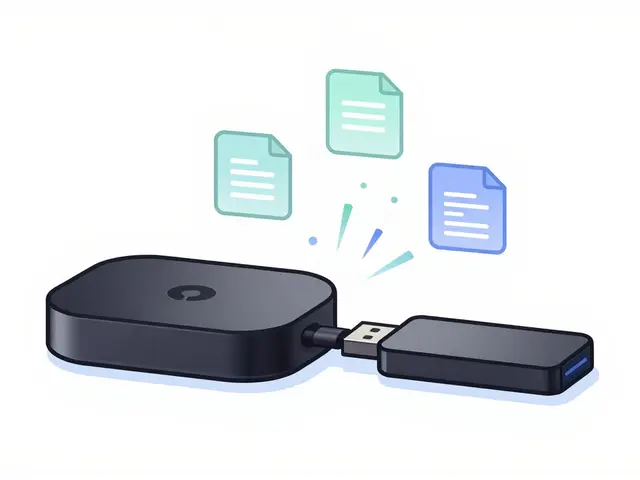Drug Combinations – Simple Tips for Safe Mixing
Ever wonder if taking two prescriptions together is okay? You’re not alone. Mixing meds can feel like a puzzle, but the pieces are easier to see when you know the basics. Below are practical steps you can use right now to keep your drug combos safe and effective.
Know the Common Risks
The biggest danger is a drug interaction, where one medicine changes how another works. This can make a drug less effective or cause unwanted side effects. For example, taking certain antibiotics with a blood thinner can increase bleeding risk. Checking the label isn’t enough; many interactions aren’t listed on the bottle.
Another risk shows up with brand‑name vs. generic drugs. Generic versions have the same active ingredients, but fillers can differ. Most people can swap without trouble, yet a few experience new side effects. If you notice a change after switching, talk to your pharmacist.
Antibiotic resistance adds another layer. Using two antibiotics together might seem like a power move, but the wrong combo can actually fuel resistant bacteria. Only combine antibiotics when a doctor specifically orders it, and always finish the full course.
Pharmacogenetics is the science of how your DNA affects drug response. A test can reveal if you metabolize a certain drug quickly or slowly. Knowing this can guide which combos work best for you. If you’re curious, ask your doctor about a simple DNA test that can fine‑tune your prescriptions.
Tools to Help You Manage
Start with a medication list. Write down every prescription, over‑the‑counter pill, supplement, and herb you take. Include the dose and how often you use it. Keep this list on your fridge or in your phone’s notes.
Use online interaction checkers. Websites from reputable pharmacies let you type in two or more drugs and see any red flags. It’s a quick way to catch problems before they happen.
Never skip the pharmacist. They can spot interactions faster than most apps because they see the full picture of drug formulations. When you pick up a new prescription, hand them your list and ask, “Will this mix with anything I’m already taking?”
If you’re on a complex regimen, consider a medication therapy management (MTM) session. Some insurance plans cover a one‑hour meeting with a clinical pharmacist. They’ll review your list, adjust doses, and suggest safer combos.
Lastly, trust your body’s signals. New dizziness, ringing in ears, or stomach upset after adding a drug could be a warning sign. Report these changes immediately; early action can prevent serious issues.
Mixing meds doesn’t have to be scary. With a clear list, a quick online check, and open talks with your pharmacist or doctor, you can protect yourself and get the most benefit from every prescription. Keep these steps handy, and you’ll be in control of your drug combinations every day.
7
How to Understand and Use a Drug Interaction Chart Safely
Learn how to read and use a drug interaction chart for safe medication management. This guide shows you how to spot risky drug combinations and make safer choices.
Latest Posts
Popular Posts
-
 How Roommates Can Fairly Share Wi-Fi and Streaming Costs
How Roommates Can Fairly Share Wi-Fi and Streaming Costs
-
 Best Educational TV Shows for Preschoolers, Elementary Kids, and Tweens
Best Educational TV Shows for Preschoolers, Elementary Kids, and Tweens
-
 Third-Party Billing: How to Manage Subscriptions Through Apple and Google
Third-Party Billing: How to Manage Subscriptions Through Apple and Google
-
 App Layout Strategies: Organize Streaming Services by Genre and Use
App Layout Strategies: Organize Streaming Services by Genre and Use
-
 How to Expand Storage on Fire TV with USB Drives and Manage Apps Better
How to Expand Storage on Fire TV with USB Drives and Manage Apps Better



